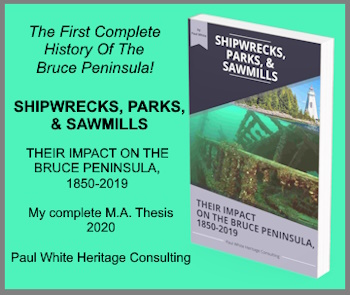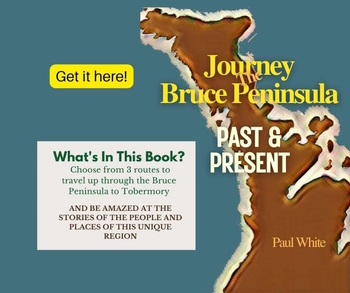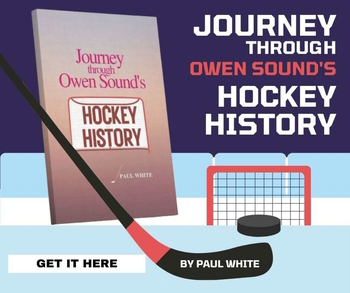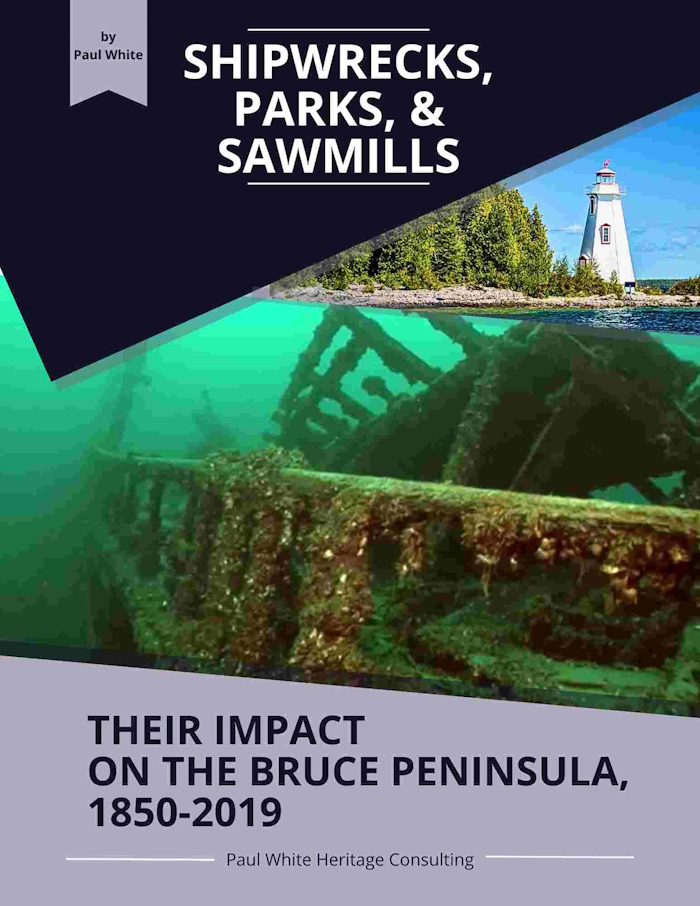Tobermory:
aka Tupper Murray
Have you ever looked at a postcard, or saw a television show, which featured a picturesque little coastal village along the shoreline of the Atlantic or Pacific Oceans, and said to yourself, wouldn’t it be great to visit such an idyllic place? Well, you can, without leaving the Grey/Bruce area!
A leisurely drive of about an hour north from Wiarton will take you to Tobermory. Located on not one, but three harbours, Tobermory was probably one of the first places in this area to be visited by Europeans. Located near one of the Great Lakes most treacherous maritime passages, early sailors most likely sought refuge there from the heavy waves and high winds which have claimed many vessels over the centuries.
The first non-native visitors were probably fishermen who summered in the area while they caught and cured their catch. In the 1830s a Goderich fisherman, Alexander McGregor, brought his fishing fleet to the "Fishing Islands," near the present-day community of Oliphant. When McGregor lost his licence to fish that area, it is speculated that he moved his base of operations north along the peninsula to Tobermory.
Other fishermen also located themselves in the Tobermory region. Early editions of the Owen Sound Comet report of visitations by fishermen from “Tupper Murray” to the pioneer settlement at Owen Sound in the early 1850s.
Tobermory was originally called Collins Inlet. However, early Scottish settlers likened the area to that of Tobermory, Scotland. Thus the name was changed. According to Vincent Elliott who wrote “Fifty Years of Change on the Bruce Peninsula” in the 1988 Bruce County Historical Society Yearbook, Tobermory aka Tupper Murray, means the “blood of Mary”.
Most port communities developed due to their location on a good harbour site. In this regard, Tobermory is truly exceptional, as it is located on three harbours.
|
The two inner harbours, Little Tub and Big Tub, provide safe haven for smaller craft. A lighthouse was installed at Big Tub harbour to guide vessels to safety. The third harbour, the outer, affords refuge for larger vessels. In fact, it could shelter a large number of craft as it is a circular basin of about three to four miles in diameter. |
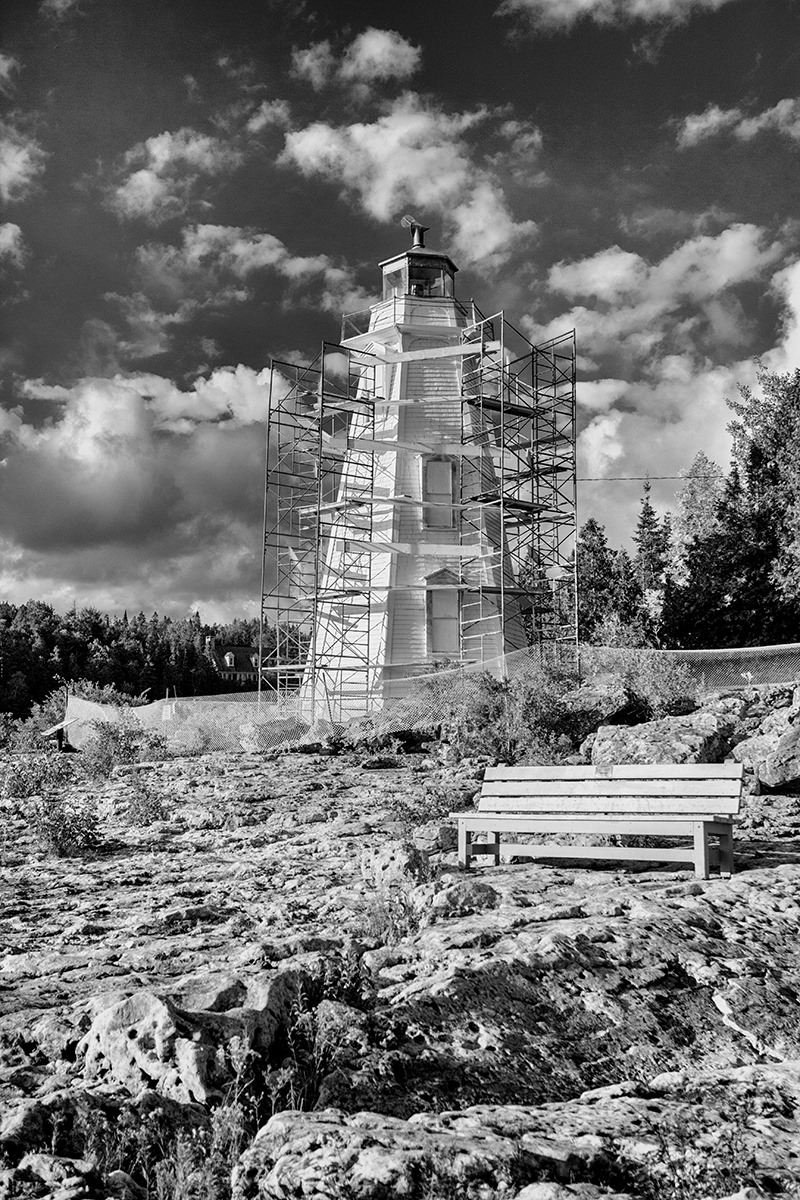 Big Tub Lighthouse under repair 2012 Big Tub Lighthouse under repair 2012 |
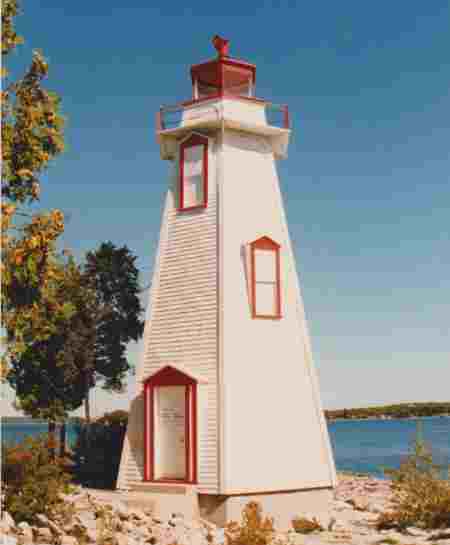
Big Tub Lighthouse
Paul White Photo Collection
Today, Tobermory is a popular tourist destination. Each year diving enthusiasts flock to the area to explore the many shipwrecks which dot the lakebed in the water surrounding the area. Thousands more, pass through Tobermory each summer in order to take the ferry service provided by the Chi Cheemaun, to and from Manitoulin Island.
However, easy transportation routes between Tobermory and the rest of the province was not always the case. For many decades after the first settlers arrived the only guaranteed routes were by water. This meant a winter of isolation for the inhabitants. Overland travel was along crude trails and later roads which were little better than forest pathways. The challenge of building land routes south from the community is best illustrated by a comment from Public Land Surveyor, Charles Rankin, who plotted many of the areas in the Grey/Bruce region. Writing in 1869, he stated that his work in the Tobermory region was “one of the most troublesome explorations and pieces of line running... which I have ever met with”.
Finally, a road was built to connect Tobermory with Owen Sound and Wiarton. The end of isolation proved to be a boon for the community. Increased usage of automobiles and growth of tourism provided a new economic base. The resurgence of commercial fishing and tourism have helped to make Tobermory a vibrant community.
Research for this article came from many sources. Of primary importance were The Bruce Beckons by Sherwood Fox, The Early Settlement of Tobermory and St. Edmunds Township by Patrick Folkes and several editions of the Bruce County Historical Society’s Yearbook.
A version of this article first appeared in my Local History column in the Owen Sound Sun Times.
